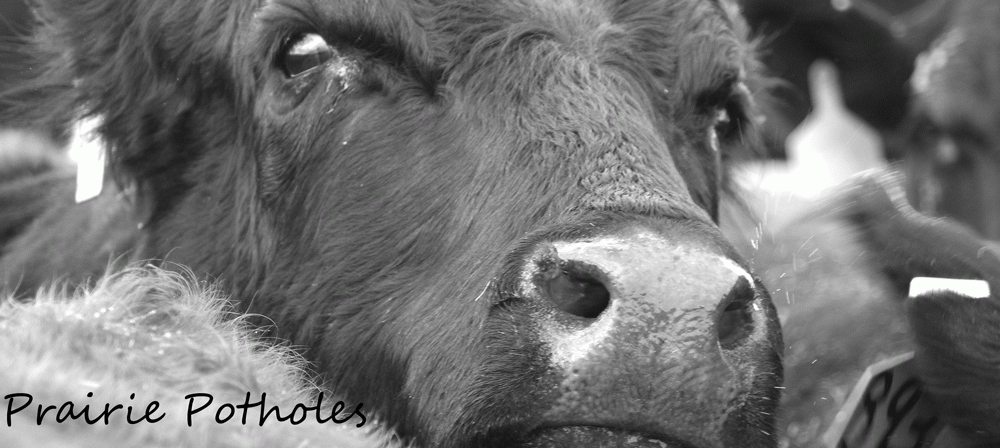"My candle burns at both ends
It will not last the night;
But ah, my foes, and oh, my friends -
It will not last the night;
But ah, my foes, and oh, my friends -
it gives a lovely light."
~Edna St. Vincent Millay
I've been repeating this line memorized in high school English quite often to myself these past few weeks. It is the life that we live. And it is only briefly during the summer months that we need to live this way. So we enjoy the exhaustion, the lack of downtime and the never-ending saga of work that defines our lives once haying season begins. It is but once a year that we can reap this harvest and the prime season for cutting hay only lasts so long. There will be time to rest this winter.Make hay while the sun shines, don't ya know?
We've been in full-fledged haying mode for a little over two weeks now. We cut a variety of different species and roll them up into large round bales: hay barley, peas, crested wheatgrass, tall wheatgrass, alfalfa and various mixes of those. And with years such as this, there is bound to be a bit of yellow sweetclover in the mix as well, though not by design.
My favorite of all of these species is by far the alfalfa. I love looking at the colors. When it blooms, the vast majority of flowers take on a bright purple shade. But there are other colors as well: the bluish color in the picture above, whites, dark (almost black) violet, yellows. It is fun to wander the fields and see what unique shade variations can be found.
Alfalfa (medicago sativa) is not native to the United States, but it has over time become the most important hay crop that is grown in the northern and western states.
The species has its origins in the Persia region and has been cultivated for livestock feed since the days of the Greeks and Romans.
It was introduced to this side of the Atlantic with invading conquerors and explorers who required fodder for their horses. Since then, research universities have the spent the greater part of the 20th Century developing new varieties of this perennial that are tolerant to drought, insects, a variety of soil types and that have a high rate of production. In many areas, especially those with irrigation, the crop can be harvested 3 or 4 times per year. However, our stands of alfalfa are on dry land areas and because the growing season is so short and the recovery time prior to frost is so long, we only harvest once per year.
Our haying season will continue on for another week or so then we will transition over to the harvest of peas, wheat and barley. The sweet smell of freshly cut alfalfa will linger on, though. When we break open the bales this winter it will be a tough person that can't find fulfillment in reliving the smell of summer that then seems so distant.
We awoke this morning to skies not quite so blue as this. The winds have carried the smoke from the fires in northern Canada and it blankets our valley, or rather it blankets the entire northwest and upper Midwest in smoke. The world is now not quite so breathtaking with the gray gloom hovering over us. The colors of green and shades of purple are not quite so brilliant. The air is not quite so sweet. We are reminded on days like these that when we put our heads down and work the land, we are not alone. What we do here has far ranging impacts across the world just as those fires 1,000 miles away have affected us. Geographical boundaries are relevant only to man and only when conflict arises. No man is an island. And for that matter, no landscape is either.










Great stuff! Can't believe how much clover you have!
ReplyDelete